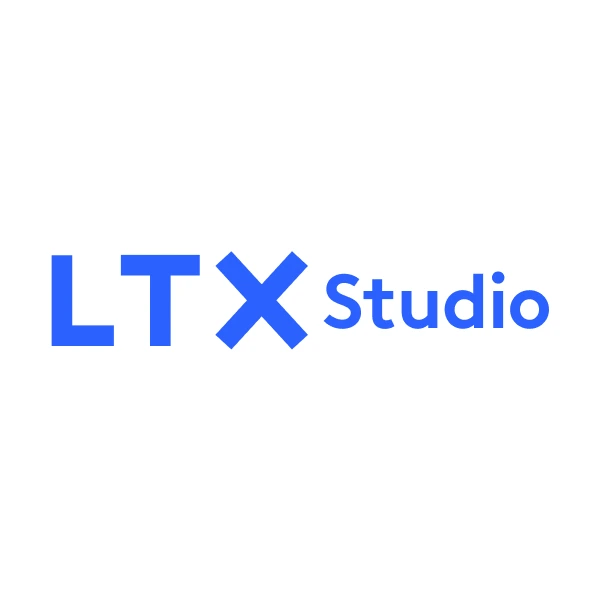The Godfather runs 175 minutes. Toy Story clocks in at 81 minutes. Nomadland spans 108 minutes.
All are feature films despite vastly different runtimes. Length alone doesn’t define features—theatrical intent and narrative scope matter equally.
What is a feature film and how can tools like LTX help develop feature length concepts?
Let’s dive into cinema’s primary format.
{{blog-banner-video01}}
What is a Feature Film?
A feature film is a full length movie intended for theatrical release or streaming distribution. Features are 40 minutes or longer according to Academy Awards standards.
The format allows for complete narrative development with multiple character arcs and complex plotting.
Features matter because they are cinema’s primary storytelling format. Studios invest millions in feature production. Audiences expect full narrative experiences.
Features define careers for directors, actors and writers.
The format dominates theatrical exhibition and streaming platforms. Features generate box office and cultural impact. Awards recognition focuses on feature length work.
Feature Film Definition
The feature film definition is a movie of sufficient length to be the main attraction in theatrical presentation. The Academy of Motion Picture Arts and Sciences defines features as 40 minutes or longer. Industry standards expect 70-120 minutes for commercial features.
Now that we know what a feature film is we see it’s about scope as much as length. Features develop characters thoroughly, explore themes deeply and present complete narrative arcs. Short films compress stories into focused experiences. Features expand stories into immersive worlds.
Feature length allows for complex plot structures with multiple storylines. Subplots deepen main narratives. Character development sustains audience investment over longer runtime.
Feature Film Examples
Notable feature film examples show the format’s range across genres and runtimes.
The Godfather (1972) is epic feature storytelling. 175 minutes spans years and generations. Multiple character arcs and thematic depth justify the length.
Toy Story (1995) proved animated features could compete with live action commercially. 81 minutes demonstrates features need substance over arbitrary length. Pixar established animation as a feature format.
Pulp Fiction (1994) showed non-linear structure works in features. 154 minutes jumps through time. Feature length allowed complex interconnected storylines.
Parasite (2019) proved international features can go global. The Korean thriller won Best Picture. Features can transcend language barriers.Mad Max: Fury Road (2015) was 120 minutes long. The lean runtime proved features don’t need to be bloated. Every minute served the narrative.
Feature Film History
Feature film history goes back to the evolution of shorts to full length narratives.
Early cinema (1890s-1910s) was mostly short films under 20 minutes. Technical limitations and exhibition practices favored brevity. Features didn’t exist as a format yet.
Feature emergence (1910s) started with films like The Birth of a Nation and Cabiria. These multi-reel films showed audiences would watch longer narratives. The format was commercial viable.
Studio system (1920s-1960s) established features as the primary format. Studios built businesses around feature production and distribution. The 90 minute feature became the industry standard. Double features paired two films in one program.
Blockbuster era (1970s-present) saw features get longer and more expensive. Jaws and Star Wars created event film culture. Studios invested heavily in tentpole features. Runtime expanded to accommodate complex storytelling.
Streaming age (2010s-present) redefined feature distribution beyond theaters. Netflix and platforms produce feature content for home viewing. The format persists while exhibition evolves.
Feature Film Qualifications
Feature film qualifications determine what is a feature and what’s not.
Runtime standards vary by organization. Academy Awards are 40+ minutes. Many festivals are 50 or 60 minutes. Industry convention is 70+ minutes for theatrical features.
Theatrical intent distinguishes features from TV movies. Features are for cinema release even if streaming debuts occur. Production values and aspect ratios are for big screen.
Narrative scope separates features from extended shorts. Features develop full story worlds with character depth. The format allows complex themes and multiple storylines.
Production scale typically involves bigger budgets and crews than shorts. Features require sustained financing over longer production periods. Distribution strategies are different from short form content.
Industry recognition through festivals and awards requires feature classification. Eligibility determines competition categories. The designation affects marketing and critical reception.
Developing Features with LTX
LTX helps filmmakers develop and pitch feature film concepts quickly.
Create feature film pitch decks for investors and studios. Generate visual materials to show feature scope and vision. Include character profiles, mood boards and story sequences. Use storyboarding tools to visualize key feature sequences.
Plan opening scenes, climactic moments and emotional beats. Test how scenes flow across feature runtime.
Develop scripts with AI for feature length narratives. Structure three act stories with proper pacing. Generate dialogue and scene descriptions.
Create proof of concept demos showing feature potential. Visualize signature scenes that sell the project. Generate materials that prove feature viability.
This allows independent filmmakers to develop feature concepts without big pre-production budgets.
Conclusion
Features are cinema’s primary storytelling format. The length allows for narrative depth and character development that shorter formats can’t achieve. From blockbusters to streaming exclusives, features are how we experience cinematic stories.
With LTX, filmmakers can develop and visualize feature film concepts through planning tools. Modern platforms help creators pitch features and refine concepts before production investment.
Heading
November 13, 2025
















.png)







